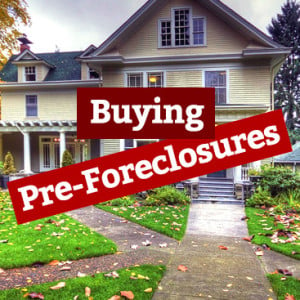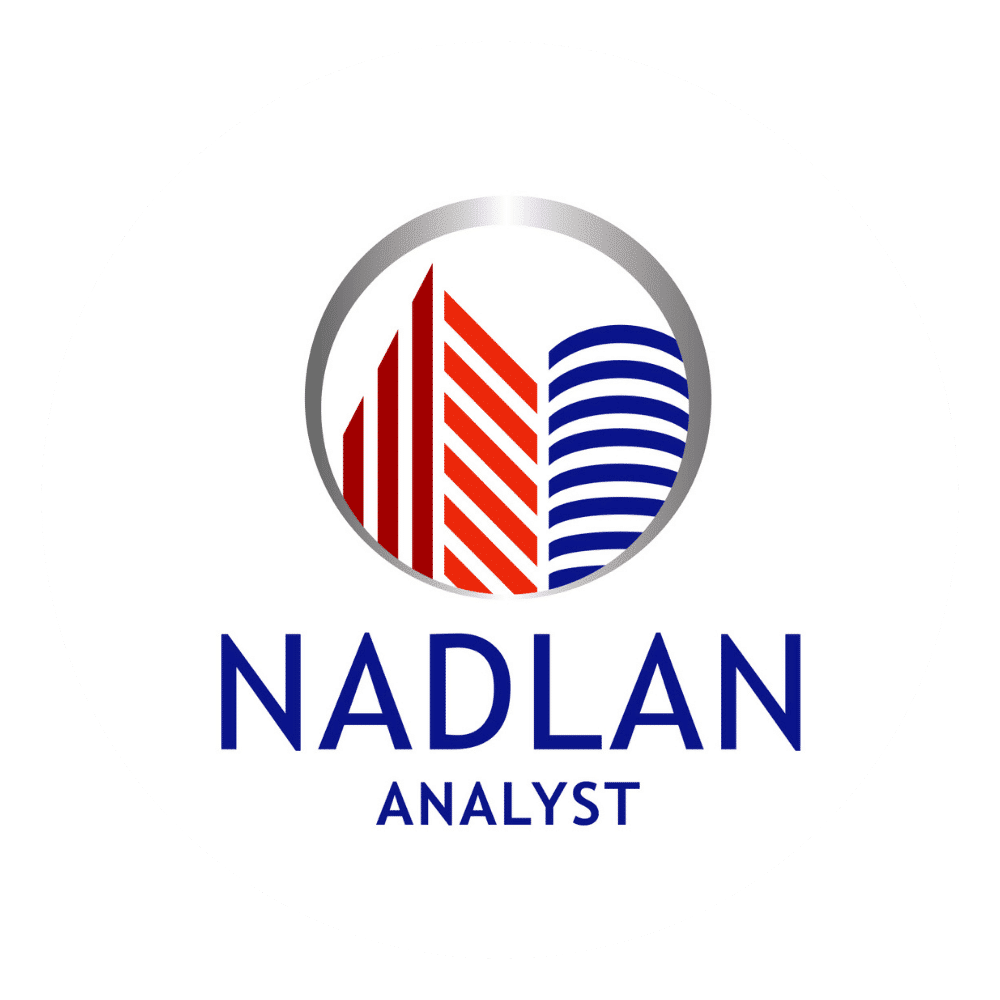Locating Assets Before Foreclosure - Part 1

Locating Assets Before Foreclosure - Part 1
What happens, expensive group?
This week we will talk about…
Foreclosures.
I'll split the article into four parts, like the articles on the MLS.
The section before you, the first part, will deal with locating assets before foreclosure, from registration of the first order until the date of sale in court.
Pre-foreclosure - Pre Foreclosure
So you took out a mortgage and bought your dream home. But sometimes, the dream turns into a nightmare, and for one reason or another you find it difficult to repay the monthly payment. The difficulty is increasing and eventually, in desperation, you stop responding to messages, stop responding and just stop paying. After about three months (usually, after 'missing' three consecutive payments), the first note comes from the lender - “Notice of default”. This is an official statement recorded in Public Records and indicates that the debtor has stopped paying and the lender exercises the right to hold the “Lien” property.
The foreclosure process began. The schedule varies from country to country and from case to case, but after about three months (and sometimes more) without a response, the second official notice will be sent and will also be registered in the notice of sale - meaning a date for the sale of your property ...
As you have already seen, there has been a chance to capture a well-known, highly motivated person at two points in time. Receiving the first non-payment notification and receiving the last message on the date for sale.
So how do you know and what do you get?
The messages are recorded as public records and then sent to the owner. We can find the messages directly in the court archives, in many different companies and in some of the provinces - also online. Sloths have many companies that offer relevant messaging service and send it to investors - every region and its companies, every company and services it offers.
What is there?
For the most part, we find the name of the lender, the name of the debtor, the address of the property, the addresses of the debtor, the details of the debt, the date of payment or the contact details.
So what do we do now?
So we have a familiar address with motivation, whether it's the first phase of non-payment or the more advanced stage, which he realizes is really going to soon lose his home.
Unlike the case of a foreclosed property, the conduct is first and foremost with the owner. If you do not close a deal with the owner - you will not be able to close a deal with the bank.
It is worth noting that this is not Short Sea. The owner did not ask the bank for permission to sell the property at a price lower or equal to the debt, and the property was not sold on the market. We want to convince the owner to sell it to us and we will take care of things in front of the bank.
Here there are several options. The main ones (there are many more) are mail, knock on the door and locate the seller's phone.
So far the first part of the article.
Next time: How to turn? What do they say and what do not they say? How do I create an appointment to sign a contract? What to watch out for? And as always, tips and rules on conduct.
Link to the original post in the United States Real Estate Forum on Facebook - Works on a desktop computer (To view the post must be members approved for the forum):
http://bit.ly/2NjpdUw
The original responses to the post can be read at the bottom of the current post page on the site or in the link to a post on Facebook and of course you are invited to join the discussion









































Michael Achla Post From Your Experience There are lots of ups on those lists Which tips can you give in this regard?
Michael Excellent post, at an excellent time, I was just thinking of entering this niche... waiting for the other publications on the subject...
Thank you.
Starting to get into things… I'll talk to you next week in the same time zone
Great post thank you
That's why you wanted you in the evening of analyzing transactions
Short post… Oops
Want more
Post is very interesting and educated
Thank you
great. Thank you for the information!
This is probably the sophisticated transaction type for the owners only
Which websites provide information?
When you purchase such property through the bank you have to pay previous debts? And whether this is also a way to get assets below the market price
Thanks Michael Ahla Post ??
Really a great post. thanks Michael
Thanks Michael for the great post! We will definitely add it to Nafdia Real Estate under Concepts -> Pre Foreclosure. Be strong and courageous!